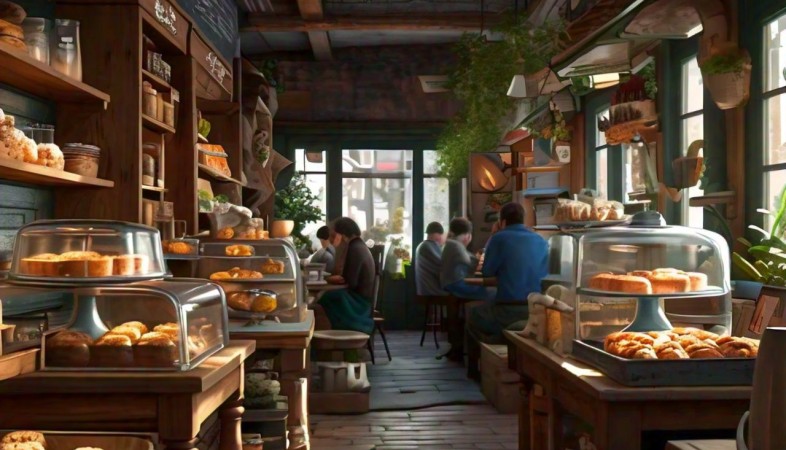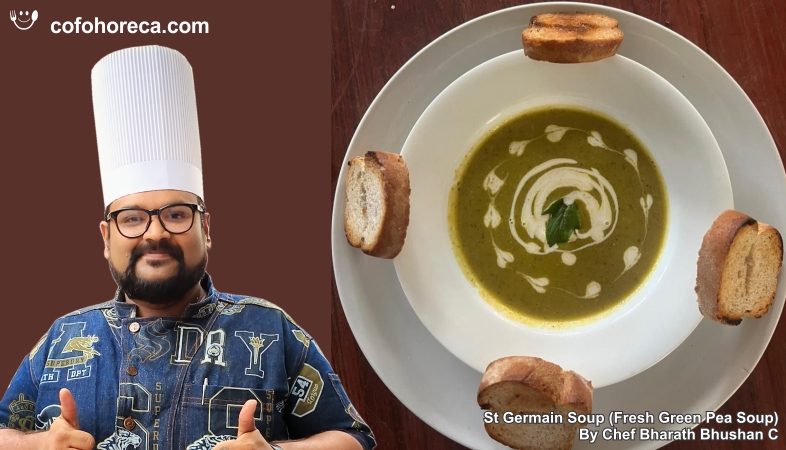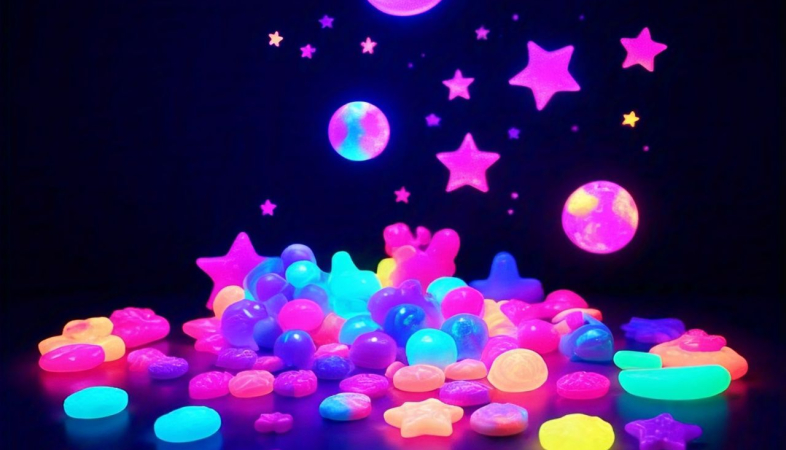Liquid Nitrogen: A Freezing Frontier for Innovative Cooking Techniques
This article explores how liquid nitrogen is reshaping the culinary landscape and enhancing dining experiences.
In the ever-evolving world of culinary arts, chefs
continually seek new methods to create unique dishes that tantalize the taste
buds and excite the senses. One such innovation that has garnered attention is
the use of liquid nitrogen, a substance that has revolutionized cooking
techniques in remarkable ways. Known for its extremely low temperature of -196
degrees Celsius (-321 degrees Fahrenheit), liquid nitrogen allows chefs to experiment
with textures, temperatures, and presentations in ways that were previously
unimaginable. This article explores how liquid nitrogen is reshaping the
culinary landscape and enhancing dining experiences.
The primary appeal of liquid nitrogen lies in its ability to freeze ingredients almost instantaneously. This rapid freezing process preserves the original flavors and nutrients of food, resulting in a vibrant taste profile. Traditional freezing methods can cause cell walls in fruits and vegetables to rupture, leading to loss of texture and flavor upon thawing. However, with liquid nitrogen, the quick freeze maintains the integrity of the ingredients, allowing chefs to create dishes that burst with freshness and color. This technique is particularly popular in the realm of desserts, where chefs craft sorbets and ice creams that have an incredibly smooth texture and intense flavors.
One of the most exciting applications of liquid nitrogen is its role in creating innovative textures. Chefs can transform familiar ingredients into unexpected forms by manipulating their temperature. For instance, by immersing fruit in liquid nitrogen, it can be shattered into shards, adding a dramatic flair to plating and presentation. This playful use of textures engages diners and elevates the overall dining experience. Furthermore, liquid nitrogen allows for the creation of ethereal, airy foams and powders that enhance the visual appeal of a dish while providing a delightful surprise for the palate.
Beyond desserts, liquid nitrogen can also be used in savory dishes. Chefs are exploring the boundaries of flavor combinations and presentations, employing liquid nitrogen to freeze sauces or oils, which can then be used as garnishes or flavor infusions. This technique not only adds an element of surprise but also enhances the sensory experience of dining, as guests encounter contrasting temperatures and textures within a single dish. The visual spectacle of fog and smoke that accompanies the use of liquid nitrogen further captivates diners, creating a memorable and immersive experience.
Safety is paramount when using liquid nitrogen in cooking, and chefs must adhere to strict guidelines to ensure a safe and enjoyable experience for both themselves and their guests. While the substance is safe when handled properly, it should never be consumed directly, as it can cause severe internal damage. Instead, chefs utilize liquid nitrogen as a tool for preparation and presentation, taking care to allow any residual nitrogen to evaporate before serving. Educating staff about the safe handling and storage of liquid nitrogen is essential to maintain a high standard of safety in the kitchen.
The rise of molecular gastronomy has played a significant role in the increased use of liquid nitrogen in culinary practices. This movement encourages chefs to experiment with scientific principles in the kitchen, exploring the physical and chemical transformations of ingredients. Liquid nitrogen serves as a gateway to this realm of experimentation, allowing chefs to push the boundaries of traditional cooking and create dishes that challenge the conventions of flavor and presentation. As the culinary world embraces these innovative techniques, the artistry of cooking continues to evolve, blending creativity with scientific exploration.
Liquid nitrogen has also found its way into mixology, where bartenders use the substance to create visually stunning cocktails. By freezing ingredients or adding a cloud of fog to drinks, bartenders enhance the sensory experience, enticing guests with both visual appeal and unique flavor profiles. The incorporation of liquid nitrogen in beverages not only entertains but also elevates the overall dining experience, making it an essential tool for modern mixologists.
Liquid nitrogen represents a freezing frontier in the world of cooking techniques, offering chefs the opportunity to innovate and experiment in exciting ways. Its ability to create unique textures, preserve flavors, and enhance presentations has made it a valuable asset in both culinary and mixology applications. As chefs continue to explore the possibilities that liquid nitrogen presents, diners can look forward to an ever-evolving landscape of innovative dishes that challenge traditional notions of food and flavor. The future of culinary creativity is undoubtedly bright, with liquid nitrogen leading the way into uncharted territories of gastronomy.
.png)




























